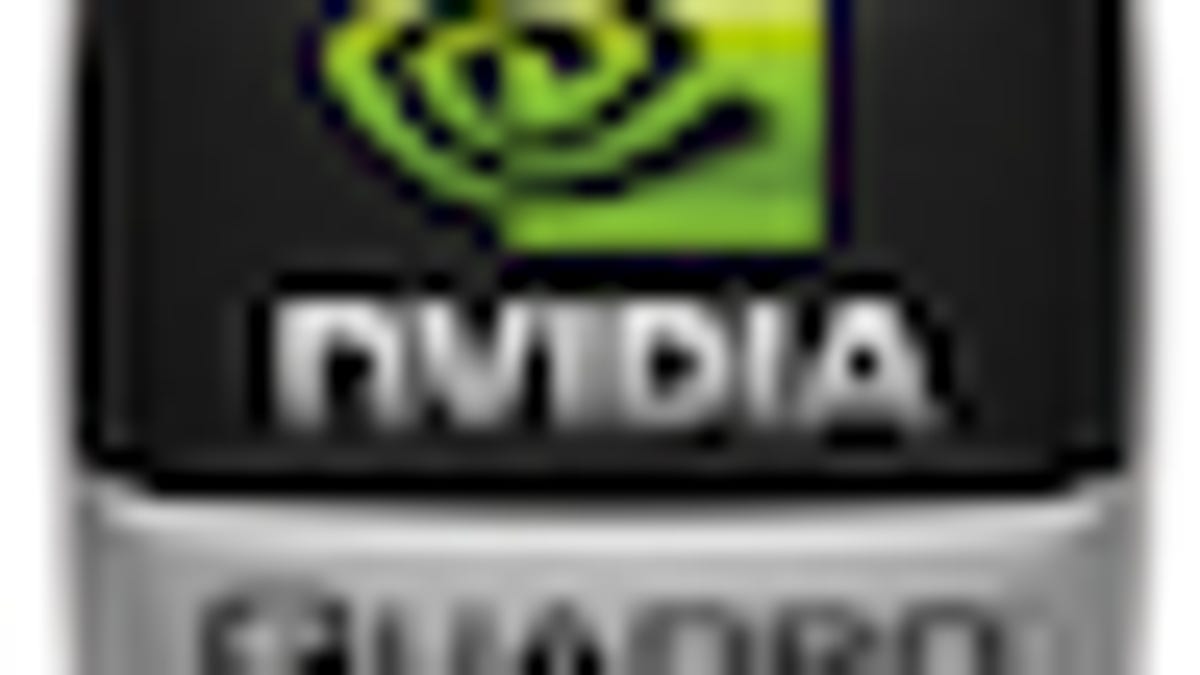Tackling nVidia Quadro 4000 graphics issues with OS X 10.6.7
Mac users who have installed the nVidia Quadro 4000 GPU may experience problems with OS X 10.6.7. Here are some approaches to fixing this problem.

After installing the OS X 10.6.7 update, a number of people running nVidia Quadro 4000 graphics cards in their Mac Pro systems have found issues with performance problems, odd graphical quirks when scrolling or viewing video, and some problems with managing and running secondary displays.
MacFixIt reader "Alex" wrote in with such an issue:
I'm experiencing full screen white flashes/screen redraws after invoking certain GPU targeted functions in PS CS5 and Final Cut Pro (latest)--averages about every 20-30 seconds--stops when above operations stop [using an early 2008 Mac Pro with a Quadro 4000].
The Quadro 4000 card is released as a joint effort between Apple and PNY, and is offered as a third-party add-in card purchase that is not available as a standard CTO option. While it should be fully supported in Apple's built-in drivers in OS X (at least since OS X 10.6.5), it appears the latest drivers that ship with OS X 10.6.7 have a couple of faults with this card.
If you are experiencing problems with your Quadro 4000 card, be sure to apply the latest standalone driver update for it that is provided by nVidia. The driver package can be downloaded from the nVidia Web site and is currently at release version 256.01.00f03v7.
If your Mac is not showing any video at all after updating the OS, try replacing the Quadro card with your older video card, and then install the driver update from nVidia before replacing the card again. The driver needs to be present before the card is installed in order for the card to work properly, but if you have already installed the latest driver and are still experiencing problems, then you can try forcing a rebuild of the system's kernel extensions cache to ensure the new drivers get properly loaded. To do this, you can either use a general maintenance utility (see this article for running general maintenance routines) or you can run the following command in the Terminal:
sudo touch /System/Library/Extensions
After running this command, restart the computer and the system should rebuild the kext cache with extensions that are most appropriate for the currently installed hardware.
Questions? Comments? Have a fix? Post them below or e-mail us!
Be sure to check us out on Twitter and the CNET Mac forums.

